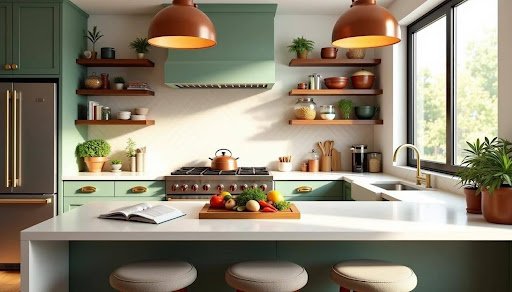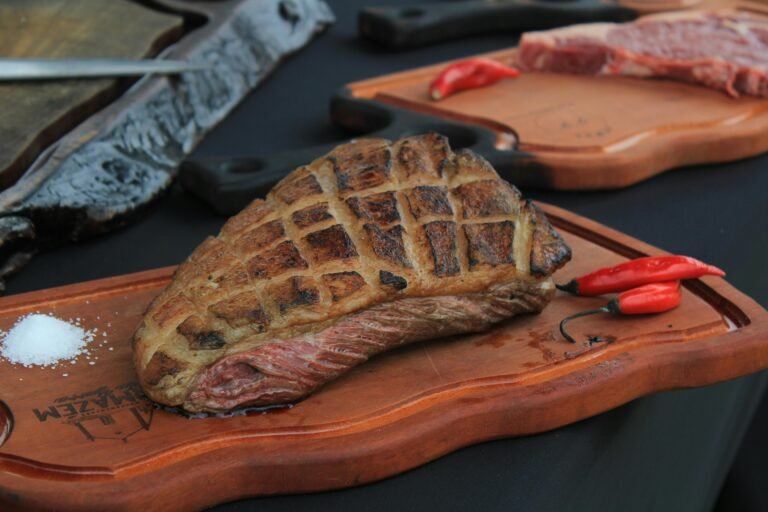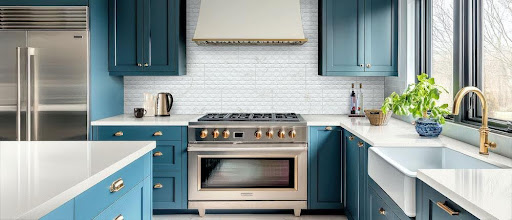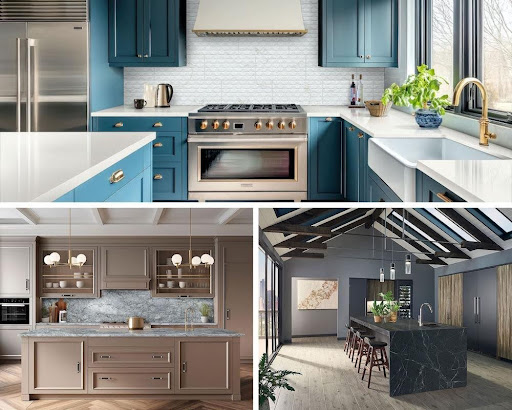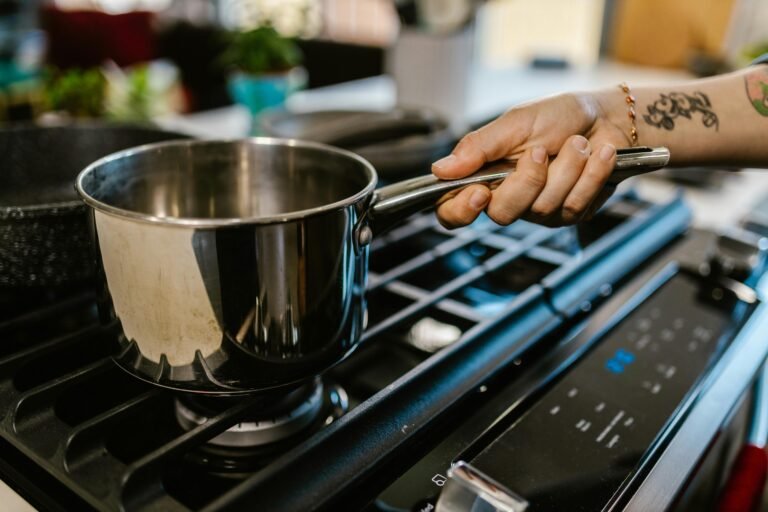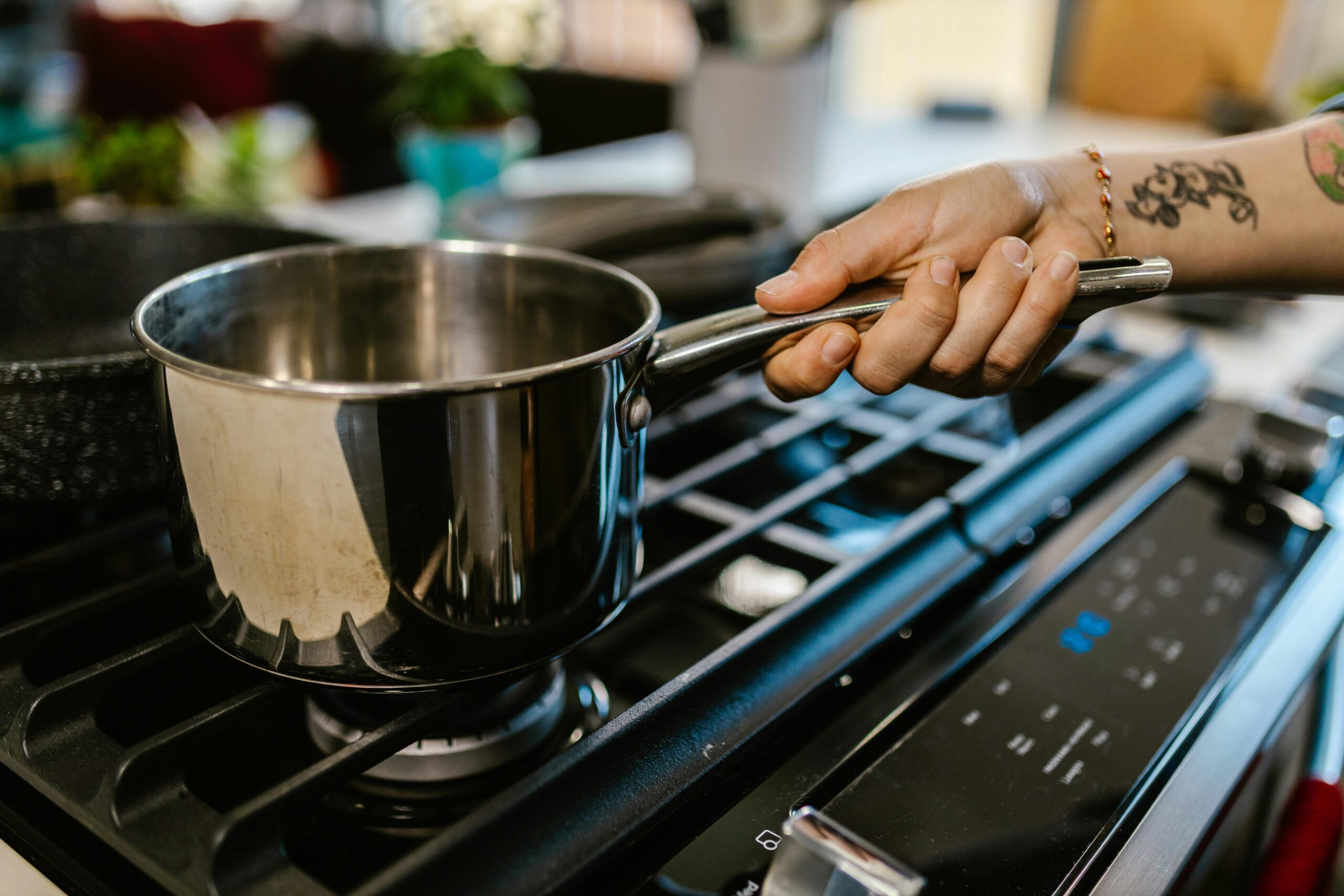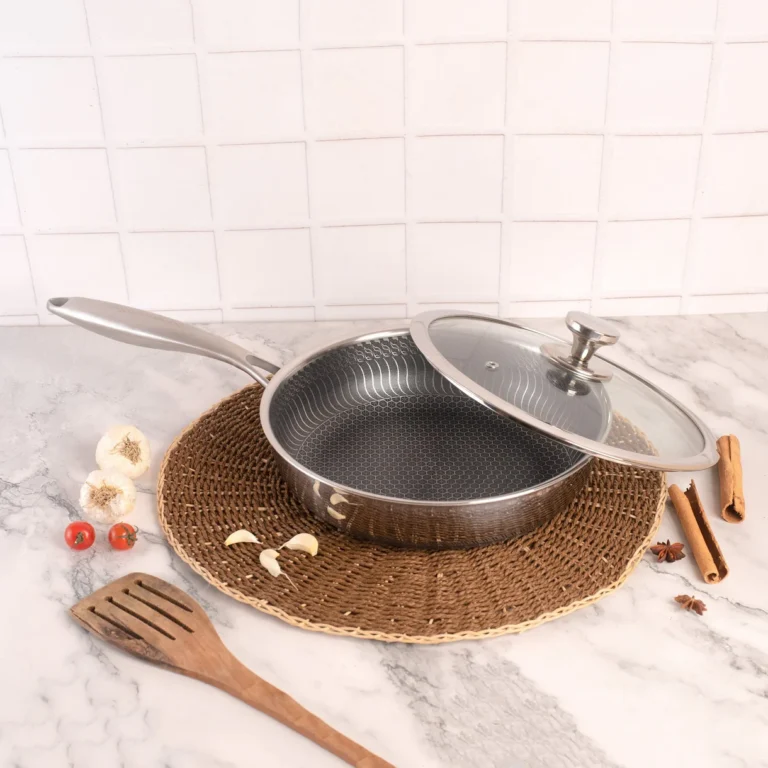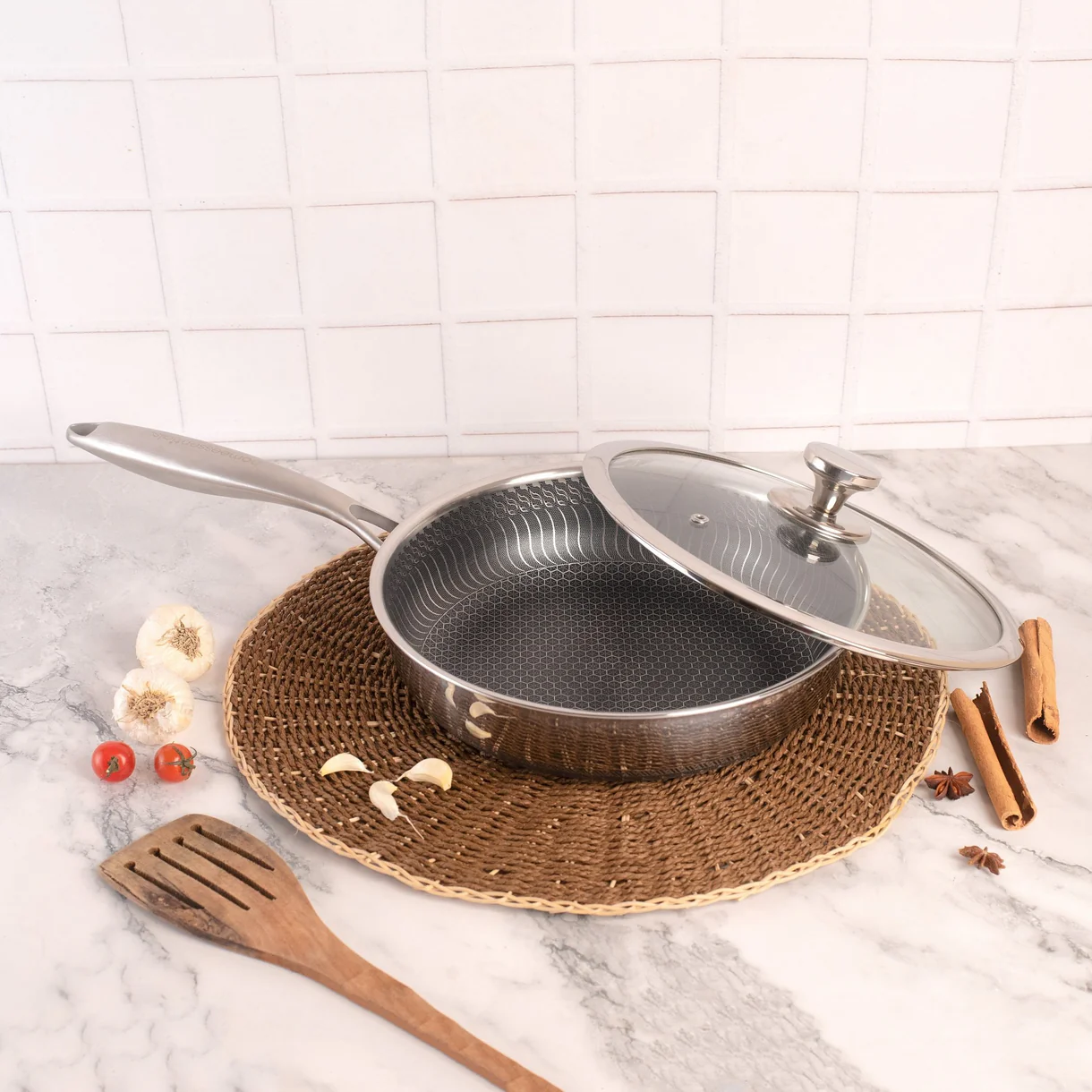
You’ve had a long day, and you’re finally ready to whip up a delicious dinner, let’s say chicken tetrazzini. You reach into the pantry for a box of pasta, and a tiny moth flutters out.
Or maybe you open a cabinet for a spice jar, only to see a few sugar ants making a beeline for a sticky spot you missed. It’s a universal moment of “ick” that can happen in even the cleanest of homes.
Kitchen pests are a common problem, but dealing with them doesn’t mean you have to douse your cooking space in harsh chemicals. Many of us are looking for safer, more natural ways to manage our homes.
The good news is that you can have a clean, bug-free kitchen using solutions that are effective and gentle. Let’s explore some all-natural strategies to show those unwanted guests the door.
Meet the Usual Suspects: Common Kitchen Pests
Before you can wage a successful campaign, you need to know your enemy. Here are the most common culprits behind your kitchen infestation:
- Fruit Flies: These tiny gnats seem to appear out of nowhere, hovering over your fruit bowl like a persistent, buzzing cloud. They’re attracted to fermenting produce and can lay hundreds of eggs in a very short time.
- Ants: The ultimate scouts, ants send out foragers to find food. Once one finds a crumb, it leaves a pheromone trail for the entire colony to follow, leading to those familiar lines marching across your counters.
- Cockroaches: Perhaps the most dreaded kitchen invader, cockroaches are notoriously resilient. They can carry bacteria and trigger allergies, making them a significant health concern. They thrive in dark, damp places and are experts at hiding.
- Pantry Moths: These pests, often Indian meal moths, find their way into your home through contaminated flour, grains, cereal, or spices. The larvae spin webs inside your food containers, contaminating your pantry staples.
Beyond just being gross, these pests contaminate food, spread germs, and can pose health risks, so getting rid of them should be a top priority.
Why They Love Your Kitchen
Your kitchen is a paradise for pests, offering up a perfect combination of food, water, and shelter. Even if you keep a tidy house, tiny temptations can be lurking.
Bugs are drawn to the smallest of crumbs left on the counter, a little grease spatter behind the stove, or a few drops of juice on the floor. Dirty dishes sitting in the sink are an open invitation for a feast. A bowl of ripening bananas on the counter is a five-star resort for fruit flies.
Moisture is another major attractant. A slow drip from a pipe under the sink, condensation on a window, or even a damp sponge can provide the water pests need to survive. They’re also seeking shelter. The dark, undisturbed spaces behind your refrigerator, inside your cabinets, and at the back of your pantry are ideal hiding spots.
Natural Cleaning Habits That Keep Pests Away
The most powerful weapon in your natural pest control arsenal isn’t any kind of spray or trap: it’s consistency. A few simple, daily habits can make your kitchen far less appealing to bugs.
Start by wiping down all your counters and your stovetop after every meal. A simple spray bottle filled with equal parts white vinegar and water works wonders as a multipurpose cleaner. The acidity of the vinegar cleans surfaces and helps erase the scent trails that ants follow.
Make it a habit to seal all your food. Don’t leave half-eaten bags of chips clipped shut or boxes of cereal open. Take out the trash and recycling daily, especially if it contains food scraps. A clean kitchen also means a decluttered one. Regularly wipe down the spaces behind and under your appliances, where crumbs and grime love to accumulate.
Natural Repellents You Can Use Today
Once your kitchen is clean, you can use natural repellents to create a defensive barrier. Many common kitchen and garden items have pest-repelling properties, and they smell much better than chemical sprays.
- Essential Oils: Many essential oils are potent insect repellents. Peppermint oil is fantastic for deterring ants and spiders. Add 10-15 drops to a spray bottle filled with water and spritz it along entry points like windowsills and door frames. Eucalyptus, tea tree, citronella, and lavender oils are also effective against a variety of pests.
- Bay Leaves: These aromatic leaves are a pantry moth’s worst enemy. Place a few dried bay leaves on your pantry shelves, inside containers of flour and grains, and in the corners of your cabinets.
- Cloves and Cinnamon: These warm spices do double duty. They make your kitchen smell wonderful and help repel insects like ants. You can place whole cloves in small sachets or sprinkle ground cinnamon near problem areas.
- Homemade Pest Spray: For a simple, all-purpose repellent spray, mix one part white vinegar with one part water and add 10 drops of peppermint oil. It’s safe to use on most surfaces and is a great way to maintain a bug-free zone.
Food Storage & Pantry Hacks
Your pantry is a primary target for pests, so smart storage is key. It’s time to ditch the flimsy cardboard boxes and plastic bags your food comes in.
Invest in a set of airtight containers. Glass jars or high-quality, BPA-free plastic containers are excellent choices. They create an impenetrable barrier that keeps your food fresh and pests out. When you bring new groceries home, especially items like flour, oats, rice, and other grains, inspect them for any signs of pests before putting them away.
Here’s another pro tip for you: when you buy new bags of flour or grains, pop them in the freezer for three to four days before transferring them to your airtight containers. The cold temperature will kill any eggs or larvae that might be hiding inside.
Finally, get organized. Label your containers with the contents and purchase date. A tidy pantry helps you rotate your stock and spot any potential problems before they turn into a full-blown infestation.
When Natural Isn’t Enough
A natural, preventative approach will significantly reduce your chances of a major pest problem. However, there are times when an infestation is too widespread or persistent for DIY methods. If you see signs of a serious cockroach or rodent problem, or if you simply can’t get a pest issue under control, it’s time to call a professional.
There’s no shame in seeking expert help. A professional pest control company can offer integrated pest management solutions that are both effective and environmentally conscious. They can help you identify the root of the problem and solve it for good.
Ultimately, a pest-free kitchen is well within your reach, and you don’t need a cabinet full of harsh chemicals to achieve it. With the combination of consistent cleaning habits, smart storage, and natural repellents, you can create a kitchen that’s clean, healthy, and wonderfully unwelcome to bugs.
Try incorporating one or two of these tips this week. You might be surprised at the difference a little natural effort can make.

